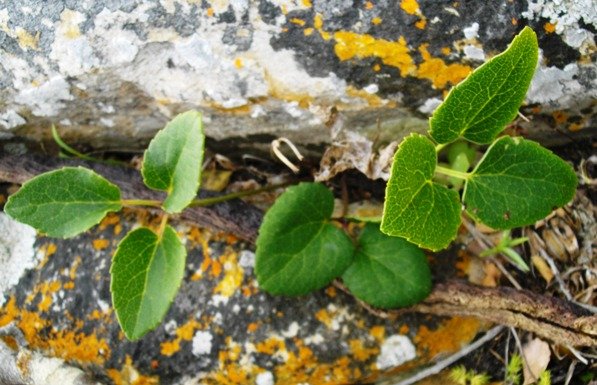Anemone vesicatoria

The blisterleaf is a fynbos and forest-floor plant. It grows widely in the Western and Eastern Cape.
There is a tall, big-leaved form in the southern Cape, called Knowltonia vesicatoria subsp. grossa said to be the preferable form in horticulture. The plant is not much used horticulturally though, as it grows very slowly. It is propagated from seed and does well where it receives water all year round (www.plantzafrica.com; Wikipedia).

